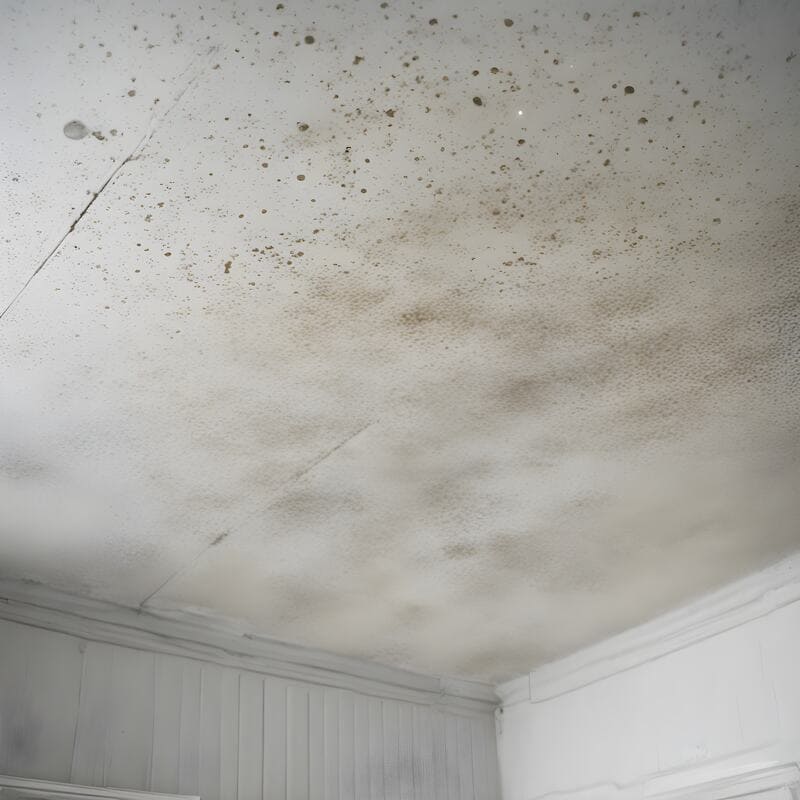According to the EPA, indoor air can be 2-5 times more contaminated than outdoor air because modern buildings are tightly sealed for energy efficiency, trapping pollutants inside where they accumulate to dangerous levels. You spend approximately 90% of your time indoors breathing the same air repeatedly, while outdoor air constantly circulates and dilutes pollutants. Indoor contaminants include mold spores, chemical vapors from furniture and cleaning products, particulate matter, carbon monoxide, and allergens that become concentrated in enclosed spaces. Poor indoor air quality causes immediate symptoms like headaches, eye irritation, fatigue, and difficulty concentrating, while long-term exposure contributes to respiratory diseases and compromised immune function.
Get your Free Ebook
Get expert insights download the E-Book now!
Gain practical tips, proven strategies, and industry knowledge—all packed into one powerful resource.








